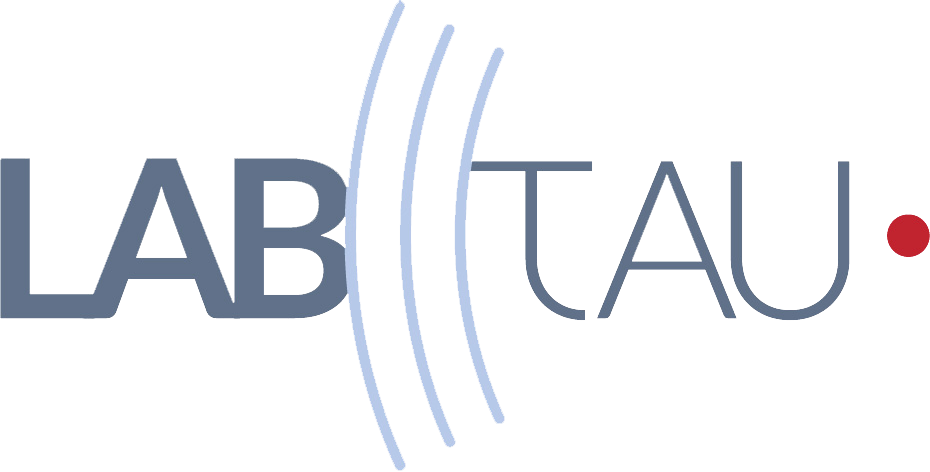BIOACTIVE GAS DELIVERY : APPLICATION AND MONITORING
Author: Maxime Lafond
Time: 11H00
Language: French/English
Place: Conference Room at LabTAU
Abstract: The main challenge in drug delivery is crossing biological barriers like Blood-Brain Barrier, endothelium, stroma... However, there are therapeutic agents that diffuse unaffected through most barriers: bioactive gases. Bioactive gases such as Xenon (Xe) or nitric oxide (NO) can be loaded in microbubbles (MBs) to prevent their dissolution or coalescence in blood and survive passage through the lungs. MBs can be destroyed with ultrasound (US), releasing the payload that then diffuses passively. Bioactive gases find applications in cardiovascular disease. NOMBs showed bactericidal in vitro, with potential in treating infectious endocarditis. The gas payload can be released using a US imaging probe like XeMBs for neuroprotection or intravascularly with endovascular US. In all those cases, cavitation monitoring is paramount. Several methods of cavitation monitoring were investigated. The most basic way to monitor cavitation is to analyze the temporal signals to calculate the energy emitted by the MBs. This can notably help to measure a cavitation threshold and estimate the MB’s rheological properties. A combination of temporal signals from multiple sensors can provide localization information. Singular value decomposition can be implemented to separate information from cavitation, blood flow, and tissue speckle in B-mode images. Finally, frequency-domain passive cavitation imaging provides selective images of inertial and stable cavitation in a region of interest.
The video is available on our youtube channel: https://youtu.be/f0MT1UgHnwE





